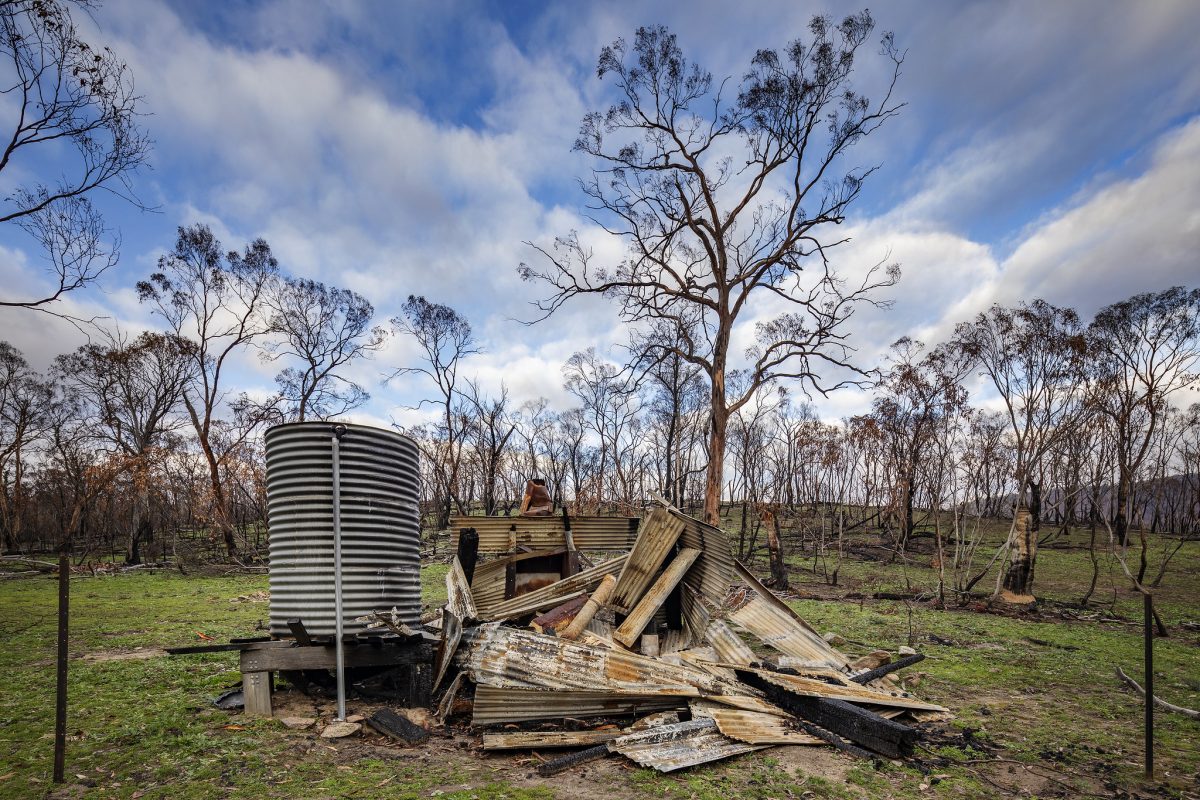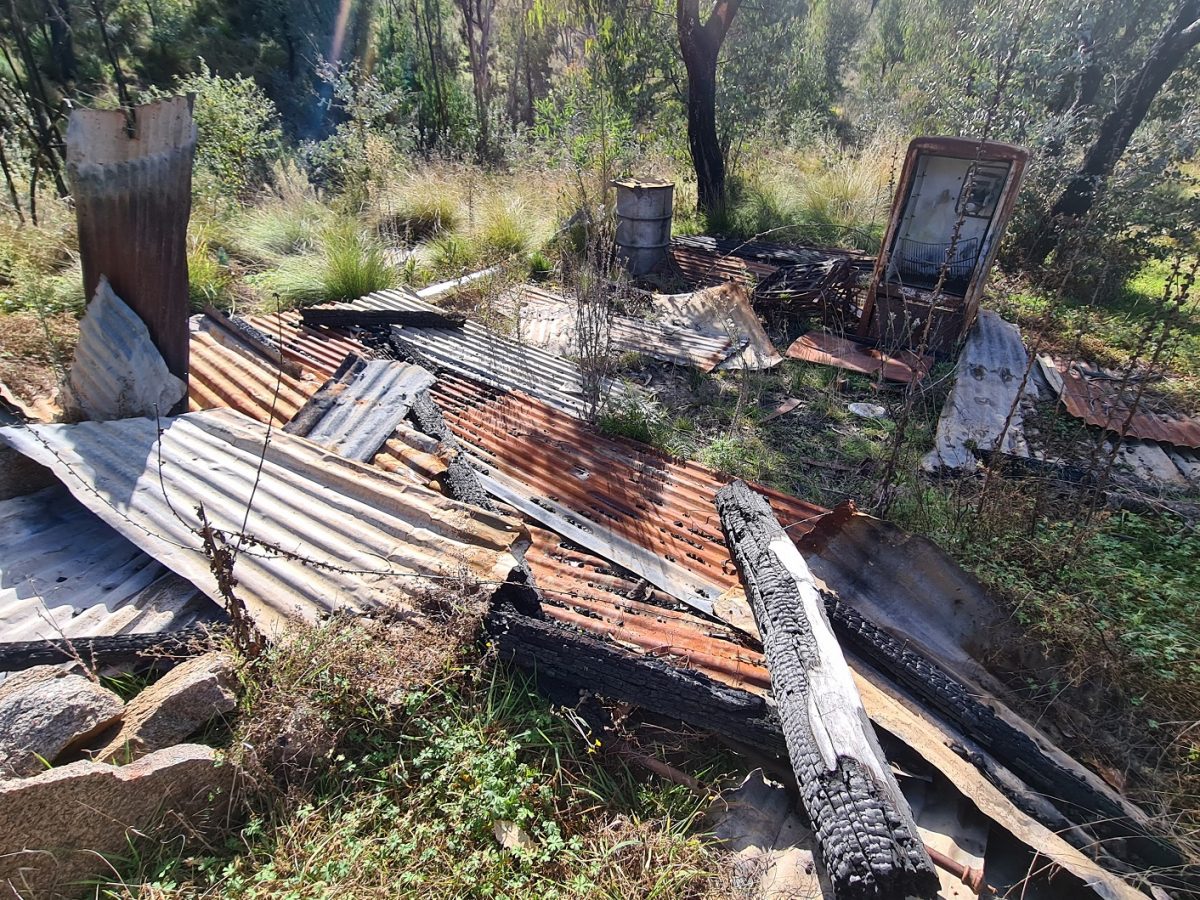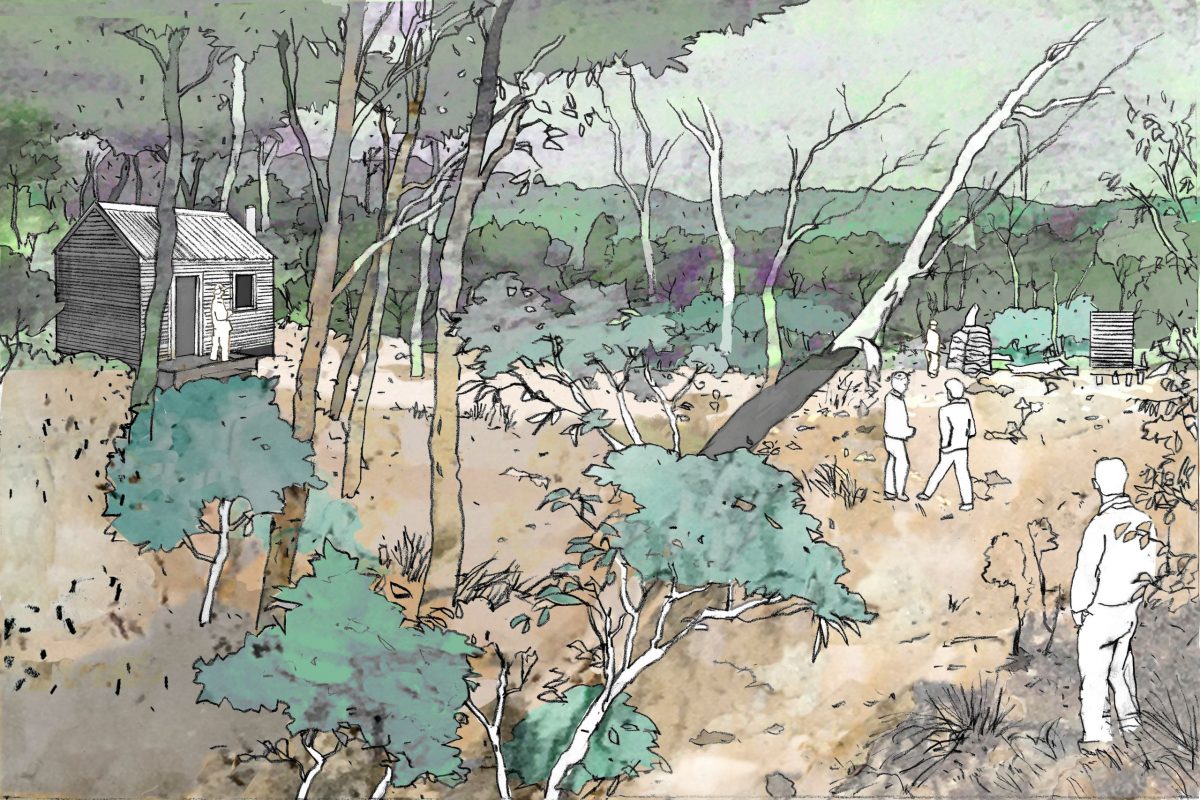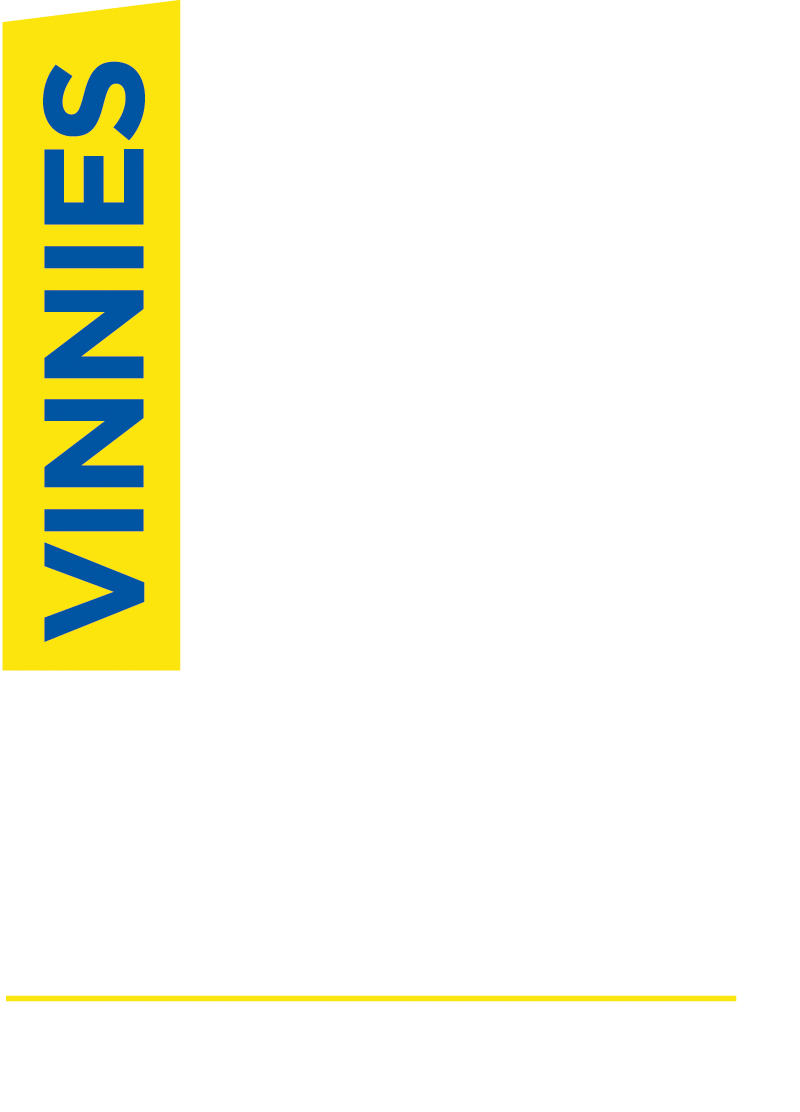
All that remains of Demandering Hut after the 2020 Orroral Valley bushfire. Photo: ACT Government.
The Orroral Valley bushfire burnt more than 80 per cent of Namadgi National Park in January 2020, wreaking devastation on wildlife and vegetation in its wake.
Two heritage-listed stockman huts in the Booth Range area also fell foul of the blaze, both turned into heaps of ash and corrugated iron.
There were in the order of 72 huts and homesteads in the area that became Namadgi National Park by the middle of the 20th century. Demandering Hut and Max and Bert Oldfield’s Hut were only two of 15 still there in 2020.
Both were added to the ACT Heritage Register for their part in one of the ACT’s first industries – sheep rearing. They are described as a “significant cultural resource to the community”, showing graziers’ shelter needs on holdings away from the home property.
The ACT Government was preparing to address termite damage in the huts before the bushfire came through. They’re now asking for community input on a proposal to rebuild them.
Demandering Hut (also known as Curtis’ Hut or Mount Clear Hut) was constructed by Bill Cotter and Jack Simpson in 1945 on the Cotter family’s property, Demandering Run. This leasehold was purchased in 1860 by Jack’s great-grandfather, Garrett Cotter, after whom the Cotter River and surrounding area are named.
From 1956, it became an outstation of the Mount Clear property owned by the Curtis family, and used by the shepherds during the summer movement of sheep. The grazing leases ended in 1979 and the area was absorbed into the Gudgenby Nature Reserve and then Namadgi National Park.

All that remains of the Max and Bert Oldfields Hut after the Orroral Valley bushfire. Photo: ACT Government.
The Kosciuszko Huts Association looks after the hut and has been contacted by the adult daughter and grandson of the Curtis family, who expressed “an enduring connection” with the Demandering Hut.
“They are keen to be involved in the reconstruction, and have a deep emotional connection [to] the hut and site.”
Max and Bert Oldfield’s Hut was built by Max Oldfield and his cousin Bert (Herbert) Oldfield in 1967. Around half of the huts in Namadgi National Park are in some way associated with the Oldfield family.
After consulting the ACT Heritage Council and other stakeholders, the Government is looking to build a new look-alike hut structure near the Demandering Hut site, while partially rebuilding Max and Bert Oldfield’s Hut near its old site.
They will also initiate a ‘Historic Huts Project’, which will conserve the memory of both structures with archival recordings from family members, caretakers and archaeological investigators.
ACT Minister for Heritage Rebecca Vassarotti said both huts were important due to their aesthetic, historic, social and rarity values.
“As well as building two new hut structures, the ACT Government proposes to conserve and commemorate these sites by bringing together family and caretaker site knowledge … to build a single archival record that communicates the story of each original hut.”

Artist’s impression of the new-look Demandering Hut (left) while the remains of the original remains (right). Photo: ACT Government.
Minister for Planning and Land Management Mick Gentleman said the proposal is part of ongoing land management work in Namadgi National Park.
“While the proposed hut structures will respect the originals, we have an opportunity to subtly improve their location, design and construction to reduce fire risk and provide a basic level of emergency shelter for bushwalkers during inclement weather,” he said.
Feedback on the Namadgi National Park Huts Project Proposal is being accepted until 13 February 2023 through the ACT Government’s YourSay Conversations website.












